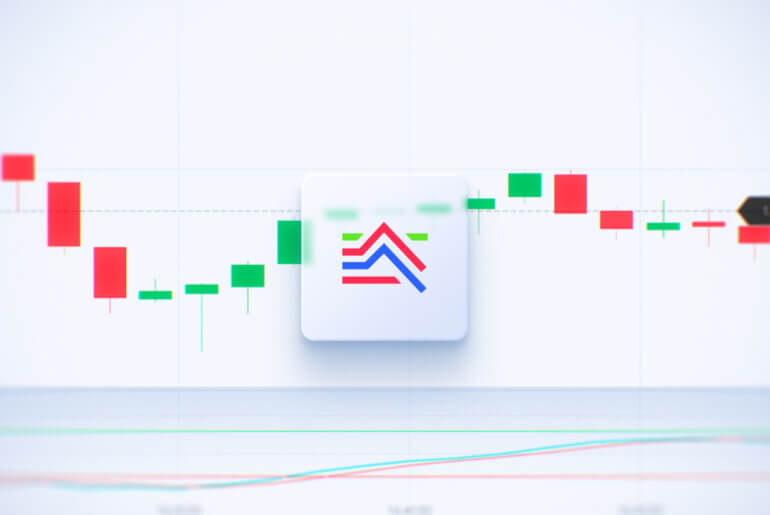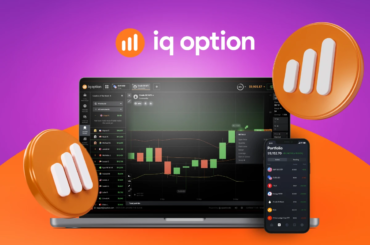Oscillators are based on repetitive actions that move (or oscillate) above and below the equilibrium point and are used by analysts to provide information about the possible future direction of the market. Today, we are going to have a look at the Stochastic Oscillator.
This indicator is used in many binary options trading strategies. That is the main reason to learn as much as you can about it.
Why choose Stochastic?
In technical analysis you can use many indicators to read a chart. Stochastic is one of them.
In a way, the Stochastic Oscillator is similar to the Relative Strength Index (RSI). It is a momentum oscillator with a long history of use. The Stochastic Oscillator was developed in the 1950s by a technical analyst called Dr. George Lane.
Like the RSI, Stochastic gives indications of overbought and oversold markets. It looks at the current price and compares it to the previous values. The main idea is that the Stochastic not only shows the previous price level, but it’s factoring on the highest and lowest prices across the chosen indicator period for a more accurate prediction.
What are the basic concepts
The Stochastic Oscillator is very simple to understand. It plots two lines on the chart – %K (blue line) and %D (red line). The %K line shows the period: on IQ Option, it is 13 by default. The period depends on the candlestick timeframe of your choice and can be counted in years, months, days, etc. The %D line is a simple moving average of %K.
The value of this indicator is bounded between 0 and 100. The default overbought region is any meaning higher than 80, and the default oversold area is below 20.
How to read the signals
Oversold and overbought regions show when the trend might change its direction.
As a rule of thumb, we buy when the market is oversold, and we sell when the market is overbought.
Buy. The buy signal is given when the oscillator crosses the oversold (20) line from below upwards. Oversold refers to a condition where an asset has traded lower at a price and has the potential for a price bounce. In this case the %K (blue) line of the indicator crosses above the %D (red) line.
Sell. When the oscillator crosses the overbought (80) line from above downwards, it is time to sell. Overbought generally describes recent or short-term movement in the security price and reflects an expectation that the market will correct the price soon. In such a situation the %K (blue) line of the indicator crosses below the %D (red) line.





How to set up the indicator
It takes only three steps to apply the Stochastic Oscillator to the chart. Click the indicators button. Then pick the momentum indicators and select Stochastic Oscillator from the list.
Stochastic indicator settings are flexible. Default values are 13 for the K period, 3 for the D period, and the smoothing is 3.
Traders may adjust the setting of the K period to 14 in order to make the signals more clear.
Implementing the Stochastic Oscillator into your trading strategy
There are several tips for more productive use of the Stochastic indicator:
Watch for trends. There are several approaches to using the Stochastic Oscillator effectively. To begin, always ensure that the price of the asset under consideration is trending. This is due to the fact that the indicator might give you false signals when used in a ranging market.
Check for crossovers. Waiting for the two lines to cross is another way to use the Stochastic oscillator. When the price rises and the two lines cross, it may be a sign to sell (lines go above the overbought region) or buy (the indicator falls below the oversold position).
Find the divergences. A divergence occurs when the indicator doesn’t move in line with the price. Watch the difference between the chart and lines of indicator. If the price makes a new high or a new low and the Stochastic Oscillator doesn’t do the same – it is divergence. When the divergence happens, it is usually a sign that a reversal is about to happen.
Conclusion
The Stochastic Oscillator is one of the most popular indicators of the market. It is mostly used to identify overbought and oversold levels. Also, it can be used to identify divergences in the market.
It can be used both separately or together with other indicators and graphical tools, or even as a multiple indicator in the double stochastic trading strategy.
Good luck!



